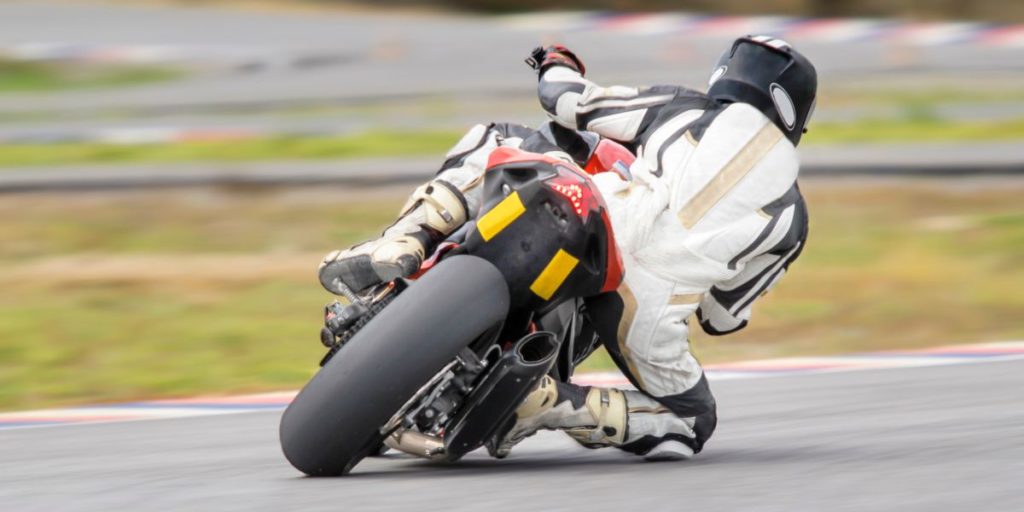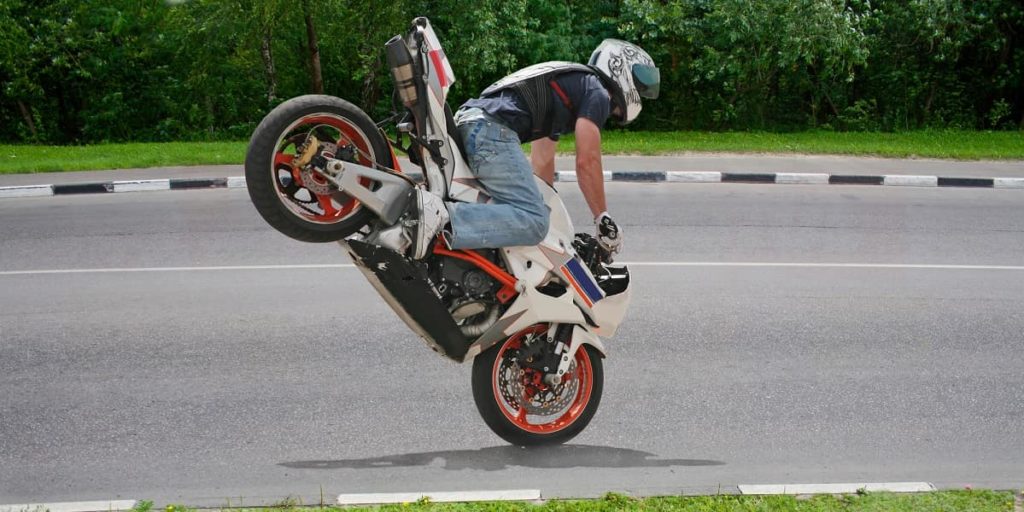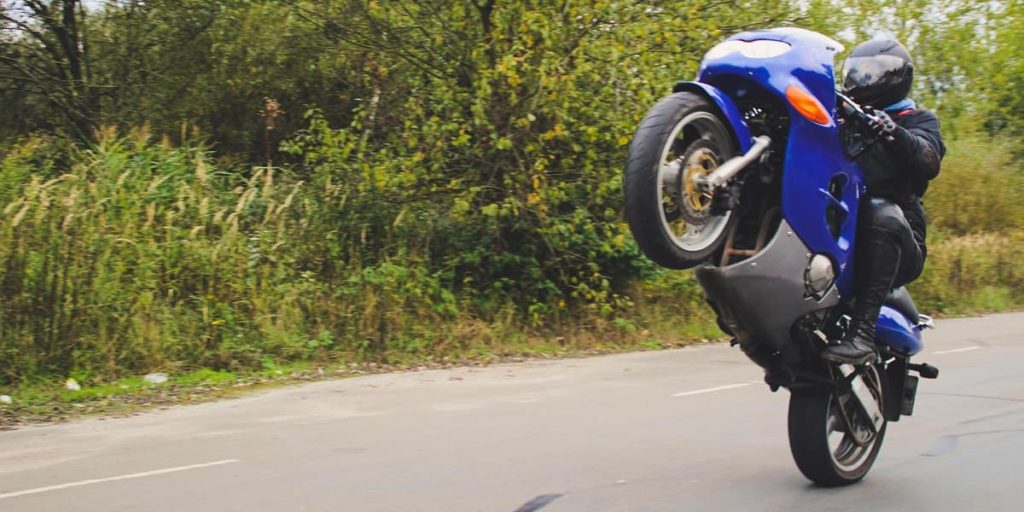Rider aids can make motorcycle riding safer, but they also remove the direct connection between rider and motorcycle. Here are my views on their value and downsides.
What Are Rider Aids
Rider aids assist the rider in controlling the motorcycle beyond the primary throttle, clutch, and brake controls.
The most common rider aid is ABS, designed to prevent the wheels from locking up while braking.
As motorcycle electronics have developed, pushed along by motorcycle racing, more rider aids have appeared on modern bikes.
Anti Rider-Aid Sentiment
A large percentage of riders still view rider aids with suspicion, claiming that they disengage the rider from the motorcycle.
While I understand that chain of thought, it’s not entirely fair. You can switch off many rider aids, and for most road riders, rider aids make you safer.
What Types of Motorcycle Rider Aids Are Available?
We’ll take a look at the different types of rider aids. However, we have broken them down into individual items. Many work together or may be combined into a single system.
Due to racing homologation rules, many of these rider aids have appeared on road motorcycles. For World Superbikes, for example, equipment must appear on a particular number of road bikes before it is allowed onto the race bike version.
This has pushed the development on but means that some of the rider aids are more track focussed.
Cornering ABS

We covered standard ABS in a separate article. Cornering ABS, also known as lean angle sensitive or lean angle aware ABS, takes the concept further, adding more sophistication.
Standard ABS, although a great safety aid, has one major flaw. If you brake while corning, standard ABS will make the bike want to go straight on instead of going around the corner.
Cornering ABS adds an internal measuring unit (IMU) to the system. The IMU uses sensors to determine your lean angle, speed, acceleration or deceleration, and other factors. Using this data, the system adjusts the braking to allow you to corner and brake at the same time.
ABS is a definite must-have system. Yes, we all like to think we could out brake the system, but the reality is that in most cases, ABS will beat us.
Braking Assistance

Before adopting ABS, some manufacturers added other braking aids, such as Honda’s Combined Braking System. The idea behind CBS, also known as a linked braking system, is to spread the braking force more evenly between the front and back wheels.
Whether you use the front or rear brake, the system will activate all brakes. Many people object to this intrusive system, but it does ensure that less experienced riders can brake more effectively.
I’m not so keen on CBS, as I prefer to decide myself how much front or rear brake to use, and with the advent of cornering ABS, it seems redundant to me.
Traction Control
As the name suggests, traction control prevents the motorcycle wheels from slipping when you are accelerating. It is also referred to as Anti-Slide or Anti-Slip Control.
Traction control works in a similar way to ABS by measuring the speed of the wheels. If the wheel speeds begin to differ, power is reduced to the rear wheel.
I would say that manufacturers are taking this a little too far on road motorcycles, with multiple levels of adjustment that just aren’t needed. A simple system is probably worth it, but the over-complicated versions just add an additional cost.
Anti-Wheelie Control

Anti-wheelie control came from racing innovation and was the precursor to launch control. Allowing the rider to keep the throttle fully open while preventing the front wheel from lifting too far gives an advantage at the all-important start of a race.
On road bikes, anti-wheelie control aids rider safety by preventing the accidental looping of the bike. Of course, many riders want to show off their wheelie skills, and this is one of the first rider aids to be switched off!
Personally, I’d leave wheelie control engaged. I got pretty good at wheelieing my RD350 YPVS, but that was in my distant youth. When I moved to bigger, heavier bikes, I wasn’t so confident, so yes, definitely worth it.
Launch Control
Aimed at race starts and 1/4 mile drag racing, launch control doesn’t have much relevance on the road unless you’re into traffic light racing. However, as a safety aid, combined with the other rider aids, it reduces the risk of an accident.
Launch control is combined with ride height control which lowers the rear suspension to give more grip. However, this is even more race orientated and not particularly relevant to road motorcycles.
Is it worth having on a road bike? For me, probably not. It’s an added expense that gives you bragging rights, but not much beyond that.
Riding Modes
Many motorcycles are now equipped with riding modes, which adjust the power, braking, and acceleration depending on the conditions.
The two primary modes are dry and rain, but manufacturers have added the ability to select power maps, softening or hardening the power delivery for various conditions.
You can barely tell the difference between rider modes on some motorcycles, while the change is very pronounced on others.
Is it worth having? Well, yes, depending on the power of your motorcycle. For smaller engines with lower power, it makes little difference, particularly if you already have ABS and traction control.
However, on larger, heavier bikes, with plenty of power, it can certainly help. Switching a 150 bhp + motorcycle into a softer power map in wet or slippery conditions will help most riders. Alternatively, you might want a more aggressive power mode for track days.
The other point to note is that with a softer power mode, you are also helping the other systems, such as ABS and traction control, cope more easily.
Finally
The original question at the beginning was, are rider aids worth it? Hopefully, you can see that it’s not a yes or no answer.
For me, particular rider aids, such as cornering ABS, are worth having, as is traction control. I also like rider modes if they actually have a discernable effect.